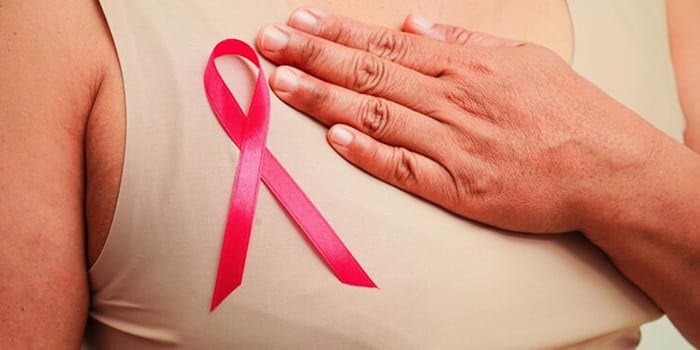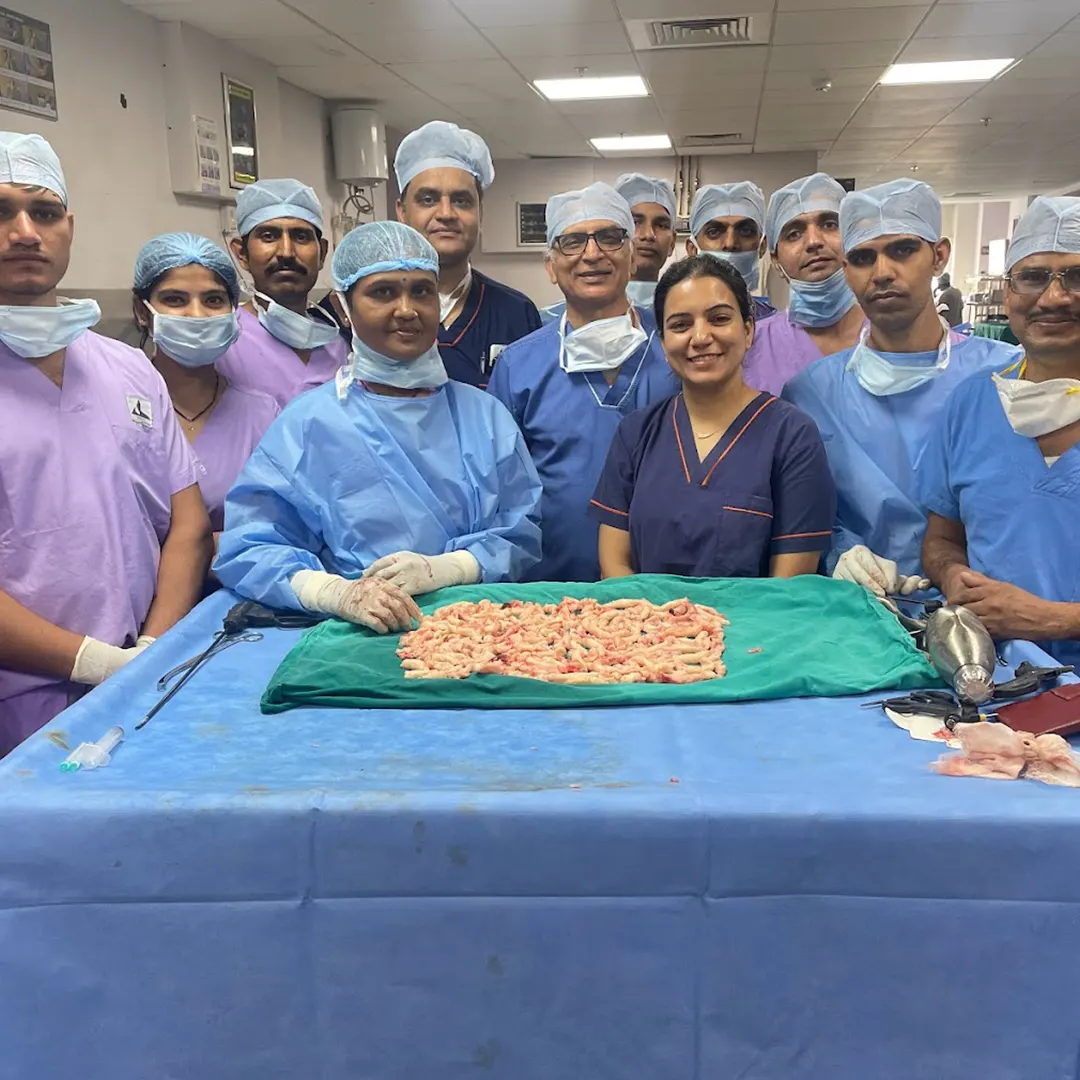Breast cancer is one of the most common cancers to affect women, especially because it rarely shows any symptoms. A significant way through which breast cancer can be easily avoided is a breast health examination.
There are two types of breast health examinations: self-exams that you can do on your own and screenings that you can do via tools. However, not many people are aware of the differences between these methods.
Having treated numerous patients and helped them manage their condition, Dr Pankhuri Gautam helps them identify the steps for conducting breast exams. Whether you want to do screening or self-exam, go through this blog so that you can make your decision properly.
What is a Breast Self-Exam?
A breast self-exam refers to the step-by-step procedure that women may adopt to examine their breasts. Conducting a self-exam helps women understand the appearance and feel of the normal consistency of breasts. It can also help them become familiar with any abnormalities.
While there are tools to conduct the exam, starting with the self-exam is always a good idea. Being familiar with your own breasts often works better than the tools to detect any abnormalities.
Why Should You Do a Breast Self-Exam?
Almost every woman should learn how to do a breast self-exam. Doing a breast self-exam can help you understand the possibilities of the presence of a breast disease or breast cancer, especially an infection. The main reason for learning how to do a breast self-exam is to understand what is normal for you.
Self-exams are extremely important in understanding whether a change has occurred. However, they should never be considered a replacement for screening tests like mammograms.
If you think that there’s a lump on the breast through the self-exam, make sure to consult a doctor. A gynecologist in Jaipur can also be of great help in conducting the breast self-exam. In the initial stages, you may consult your doctor about the importance of performing the self-breast exams. The doctors will further analyze your health history and suggest the most potent solution for you and how to conduct the self-exam properly.
How Often Should You Do a Breast Self-Exam?
A monthly breast self-exam would suffice to understand the potential changes. Although it is not a reliable method for detecting breast cancer, it is surely a great way of identifying it.
You can do a breast self-exam at home to check for anything different. When you know what’s normal for you, it will be easier to detect any abnormalities. Thus, you can alert your healthcare provider about any possible changes.
When is the Best Time to Do a Breast Self-Exam?
Menstruating women should conduct the breast self-exam after their period ends. On the other hand, people who have irregular periods or menopause can do it any day of the month for the self-exam. However, it is advisable to do it on a consistent day that is easy to remember. For example, you can do it on the last or first day of the month. Maintaining a journal can help you figure out the perfect time to do the self-exam.
Tips for Self-Breast Self-Exam?
Some of the prominent tips to follow for the self-breast exam include:
- Always look at yourself in the mirror while performing the self-exam.
- Move three fingers around your breast in a circular motion to spot any potential changes.
- Carefully analyze for the presence of thick spots or lumps.
- Change the pressure around the armpit and press the nearest tissue.
- Squeeze and check the areola region for any unusual discharge.
Importance of Self-Health Examination
The self-breast exam is usually conducted to understand how the breasts look and if there is a risk of breast cancer. During the self breast-health exam, if you notice any abnormalities or irregularities around your breast, you need to report it to your doctor immediately.
Breast cancer is one of the main conditions that can bring a huge change in the feel and appearance of your breasts. A self-exam can be a reliable way to detect the presence of cancer around your breasts. However, it is advisable to visit a doctor’s appointment for confirmation.
A significant number of women have often discovered the initial stages or risk of breast cancer by discovering a lump in their breast area. Therefore, the doctors recommend being familiar with the normal consistency of breasts to detect any abnormalities easily.
Types of Other Breast Screening
Women who do not show the symptoms of breast cancer are also likely to be affected by it. Therefore, the doctors advise to undergo breast screening for detection of breast cancer in the early stages. Breast cancer screening, however, involves different processes, such as the following:
MRI
MRI is an advanced screening tool that uses radio waves and magnetic fields to create a detailed view of breast tissue. Usually, doctors recommend doing an MRI in the extreme stages for people who are at a higher risk of developing breast cancer.
Ultrasound
Doctors may conduct a breast ultrasound to evaluate the breast tissue. Using high-frequency waves helps create a detailed image of the issues and eventually detects whether there is a solid lump or one filled with fluid.
Mammography
A mammogram is one of the common ways to detect breast cancer. It is a type of breast X-ray that can easily detect the presence of cancer or any other abnormality. Women over the age of 40 years are often advised to undergo mammography every year to check the possibility of breast cancer. Depending on past medical history, the doctor may recommend some women to undergo breast mammograms more frequently than others.
General Tips to Keep in Mind for Breast Health Exams
Irrespective of the breast health exam you’re undergoing- self or screening- there are certain things to remember. These help to ensure that you’re living a healthy life. Some of the major things to keep in mind for conducting breast health exams are as follows:
- During the self-exam, it is advisable to use a pad around your fingers. This helps you analyze and examine the condition more thoroughly.
- Since you have to understand whether the lump is solid or fluid-filled, it is advisable to use different pressure levels. Moreover, you must use different pressure levels across each breast area to consult with your doctor properly.
- Breast exams aren’t done in a minute, and you need time to examine your condition. So, it is always a good idea to be patient with it. Never rush into a breast exam, but take as much time as you feel is good.
- Always visit your doctor to understand the perfect time to conduct the screenings.
- Prepare yourself for the breast screenings, and do not be stressed out. Being overstressed can often hamper your condition, thereby preventing accurate readings.
Final Thoughts
Breast exams are essential for diagnosing cancer or any other breast disease. Both screenings and self-exams can be very helpful for any potential discoveries and challenges. You must report any unwanted changes to your doctor as soon as possible. After all, early detection plays a vital role in faster recovery. If you want to discuss more about your breast health, you can connect with us, and we’ll help you.



